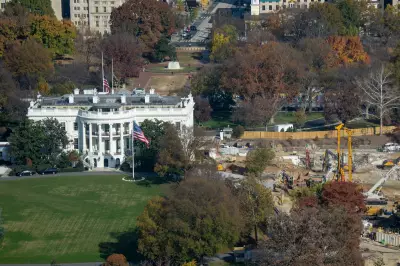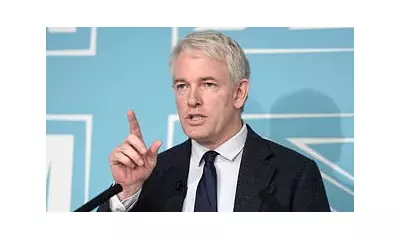
Nicola Sturgeon's tenure as Scotland's First Minister was marked by a relentless pursuit of the perfect public image, but critics now question whether her obsession with selfies and social media masked a glaring lack of substantive achievements.
While the SNP leader cultivated a carefully curated persona of approachability and modernity, opponents argue this was merely a smokescreen for her government's failure to deliver on key policy promises.
The Image vs Reality Divide
Political analysts note Sturgeon's unprecedented 71,000 Twitter posts created an illusion of accessibility while important issues like education reforms and healthcare improvements languished. "She mastered the art of appearing busy without actually achieving much," remarked one Westminster insider.
Policy Shortcomings Exposed
Examination of Sturgeon's record reveals:
- Education standards in Scotland declined internationally during her leadership
- The NHS waiting times crisis worsened significantly
- Key economic indicators lagged behind other UK nations
Yet her social media presence painted a very different picture - one of constant activity and engagement.
The Social Media Mirage
Sturgeon's team employed sophisticated digital strategies that:
- Prioritised viral moments over policy substance
- Created an illusion of direct public connection
- Distracted from governance failures
This approach, while effective in the short term, may have ultimately undermined public trust as delivery failed to match rhetoric.
A Warning for Future Leaders
As political communication evolves, Sturgeon's legacy serves as a cautionary tale about the dangers of prioritising perception over tangible results. The next generation of leaders must balance digital engagement with genuine policy delivery to maintain credibility with an increasingly sceptical electorate.





